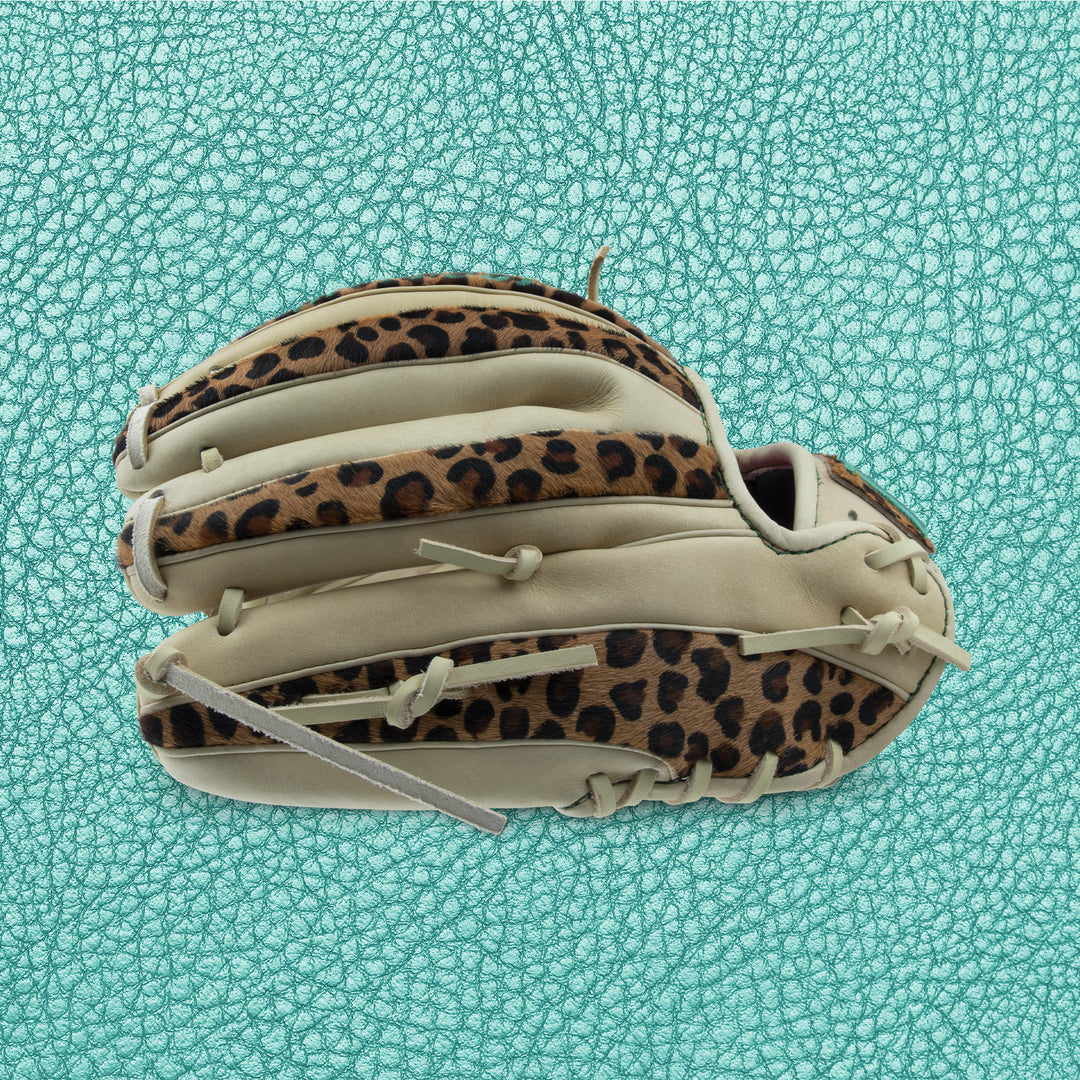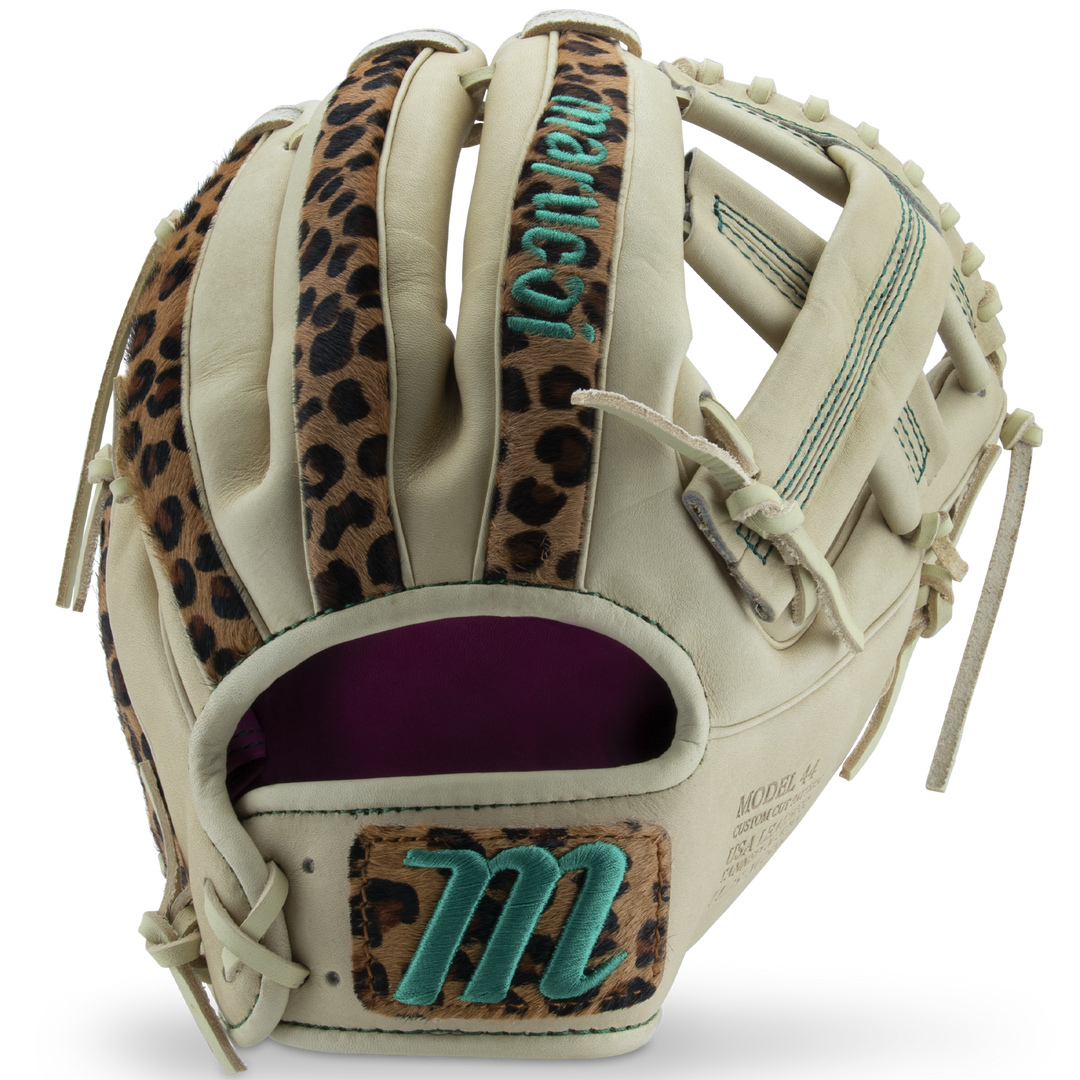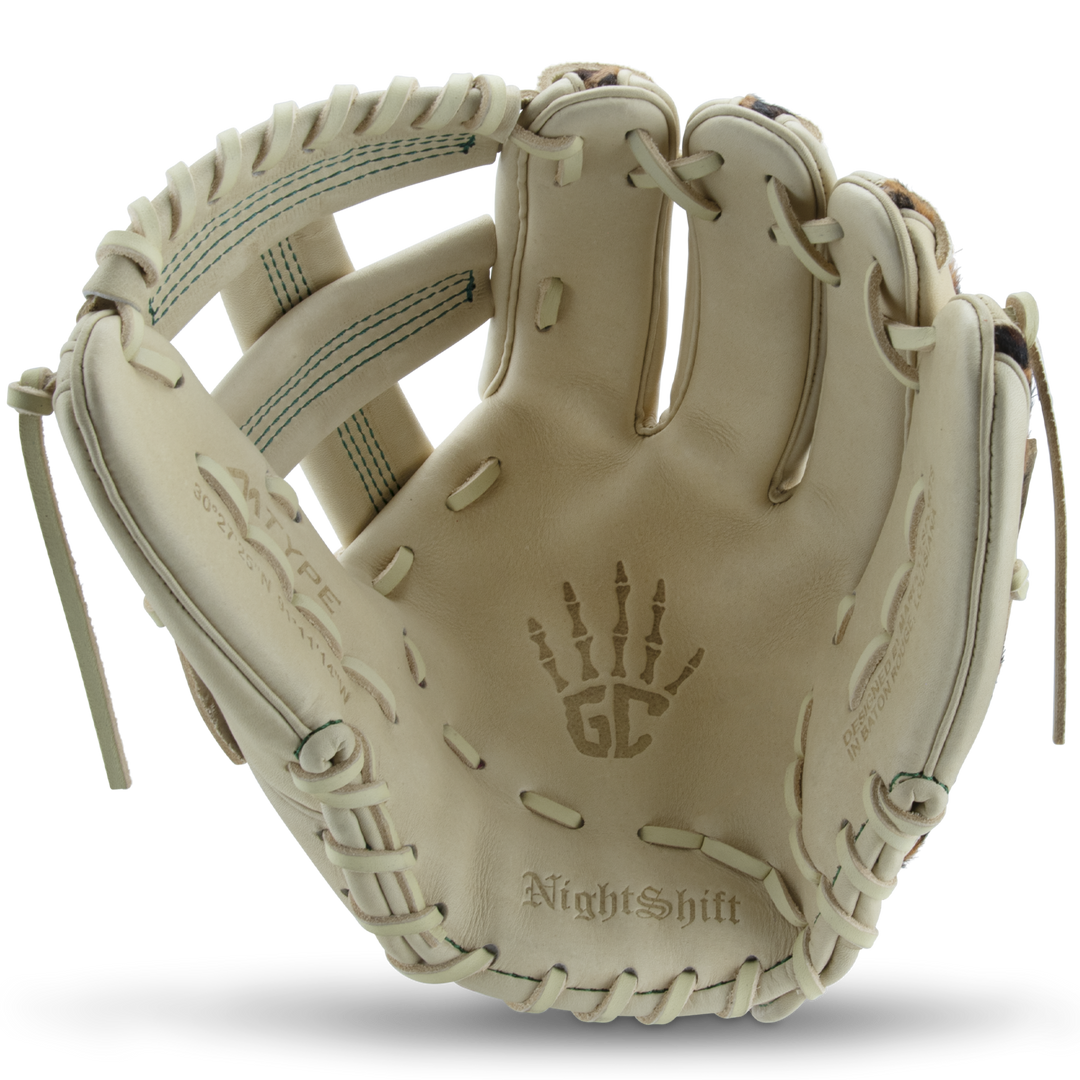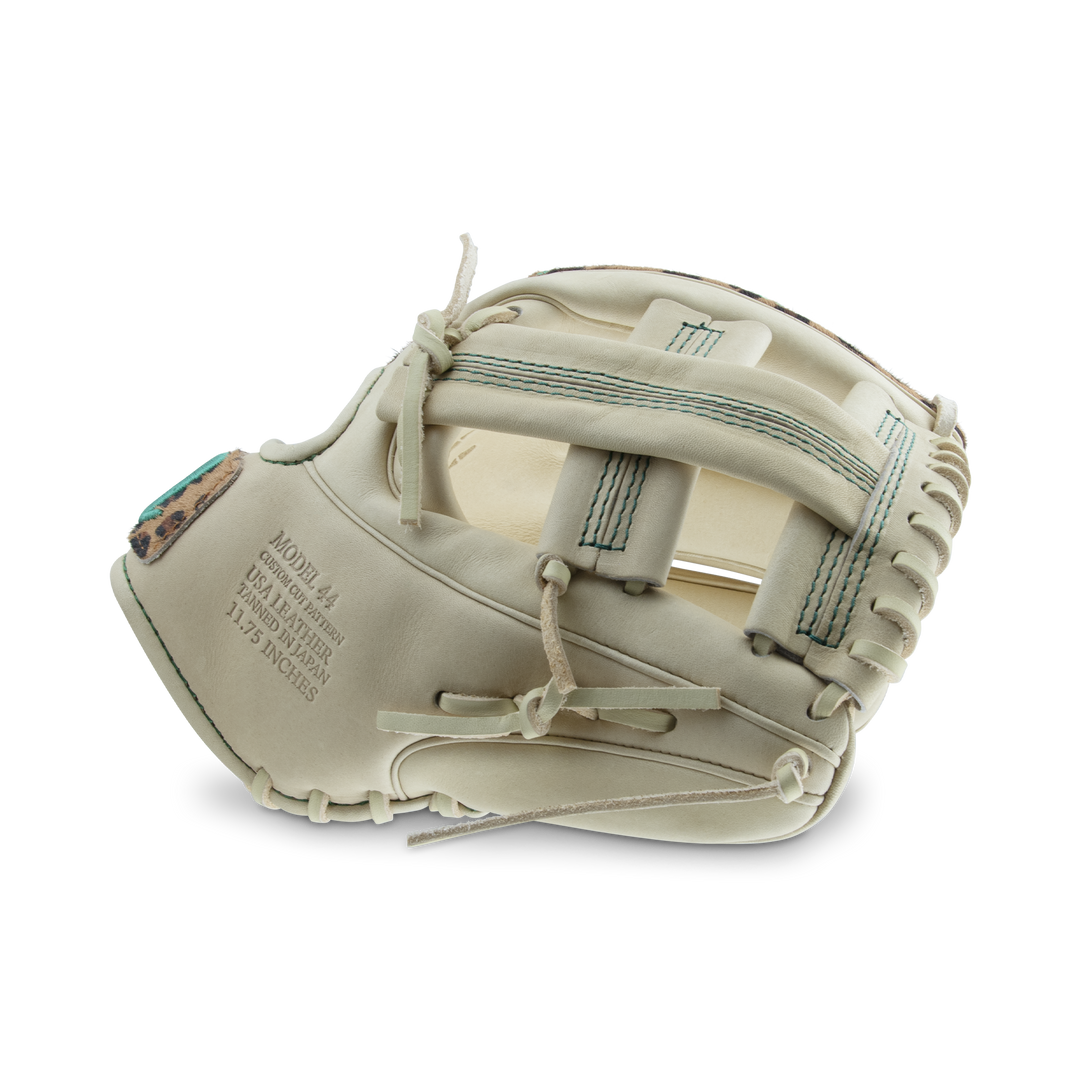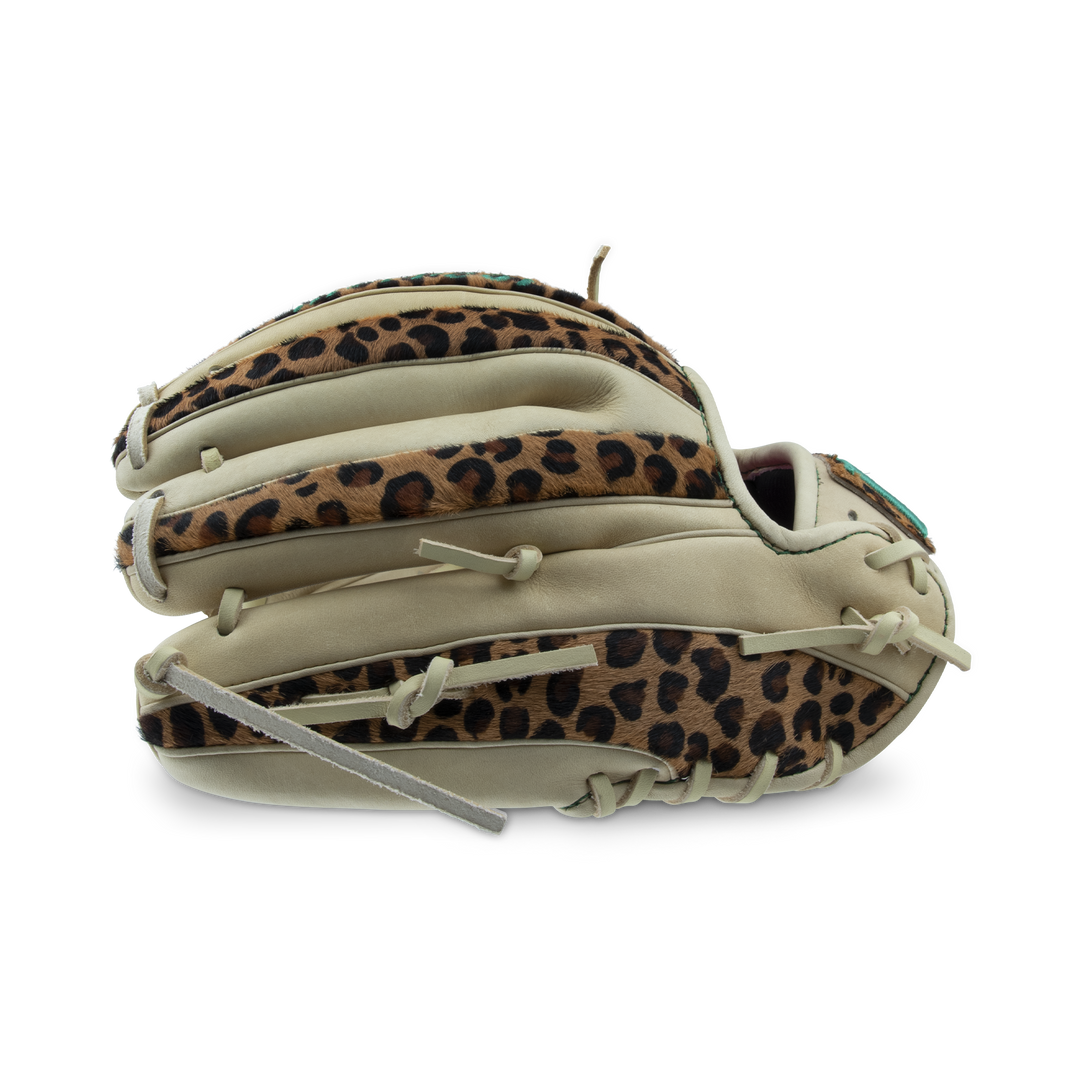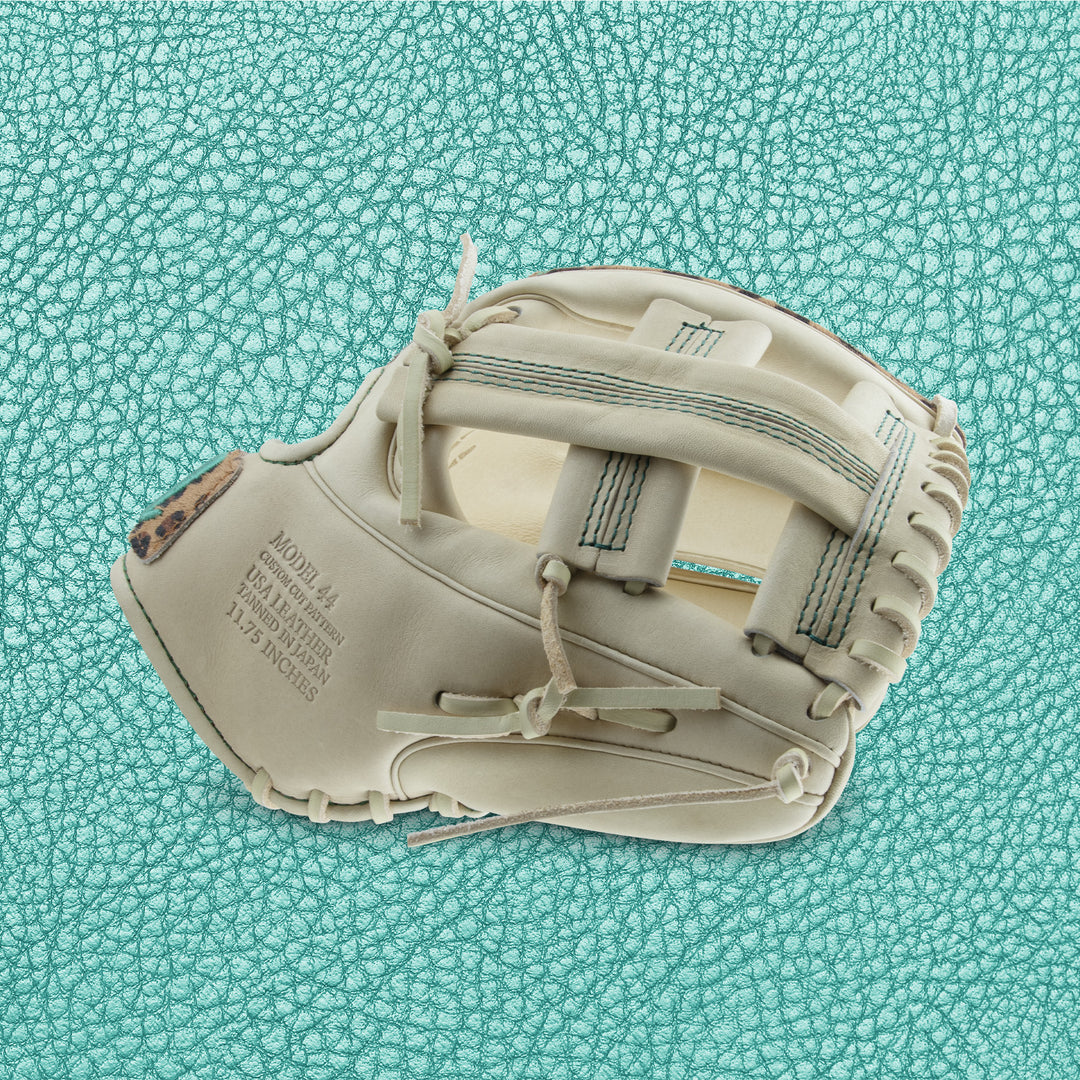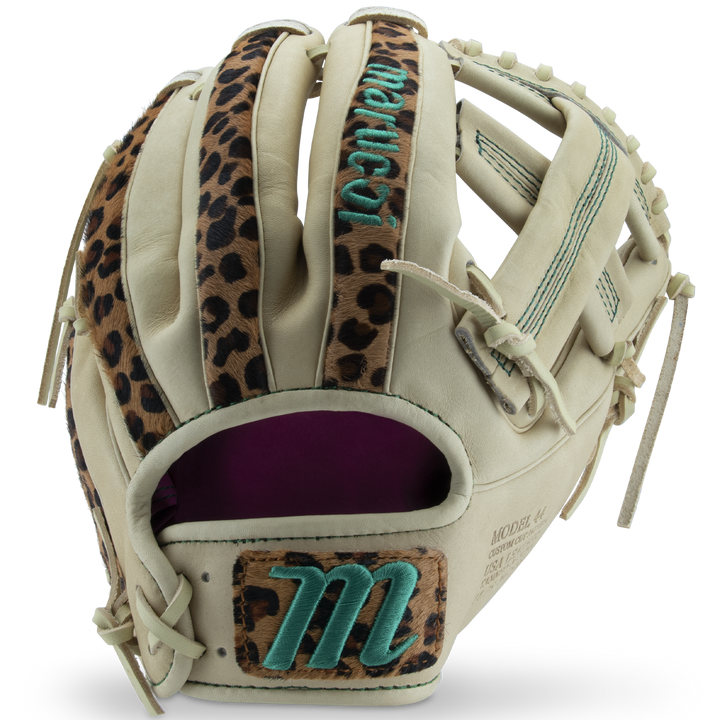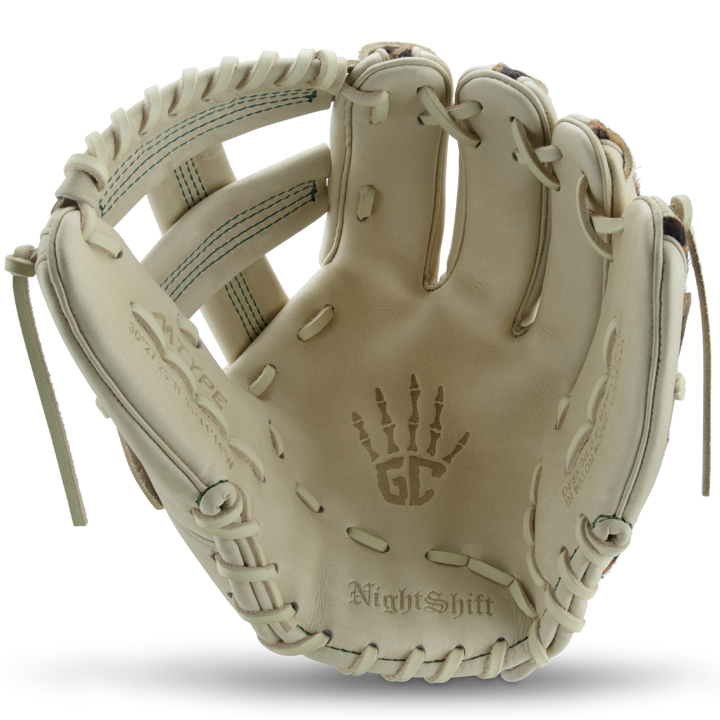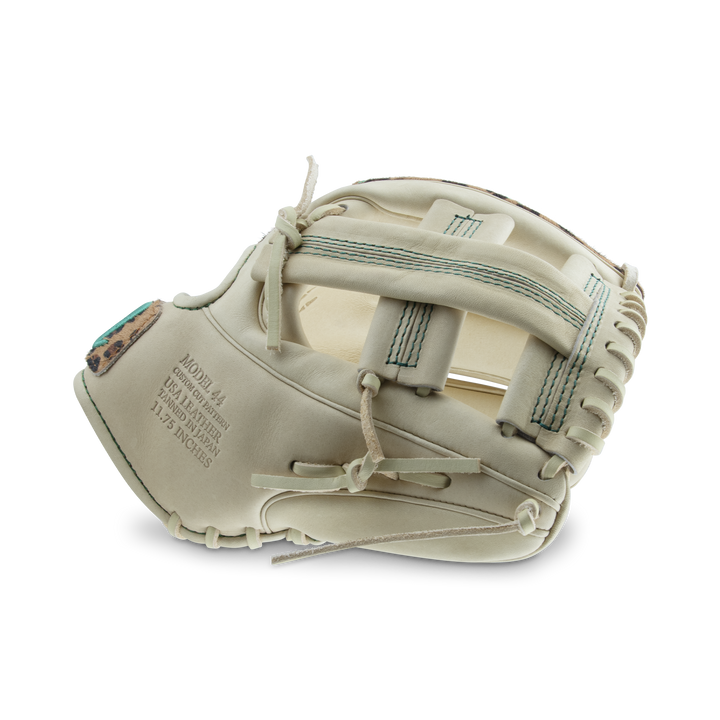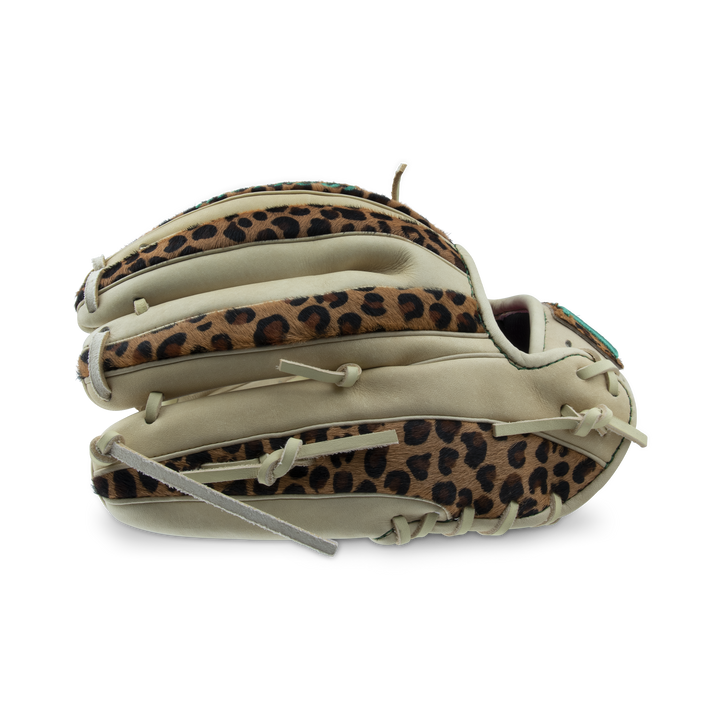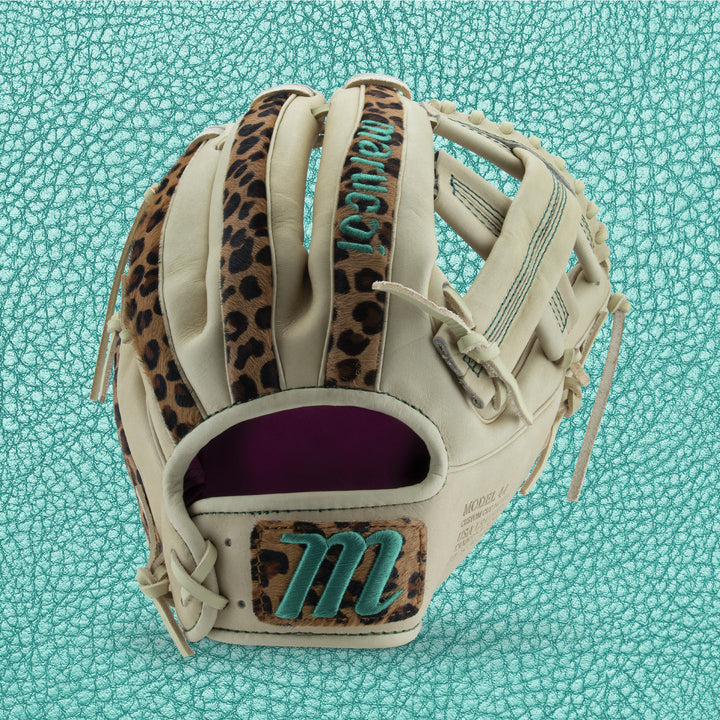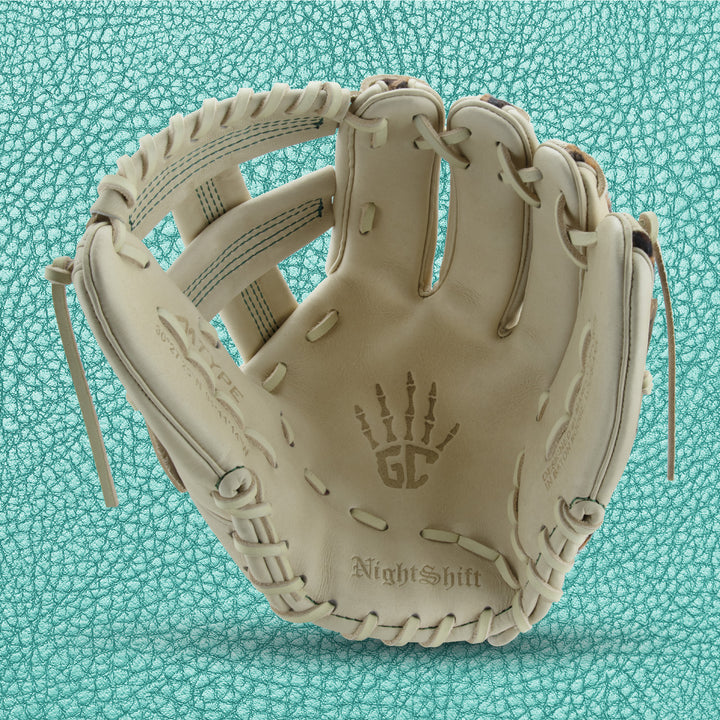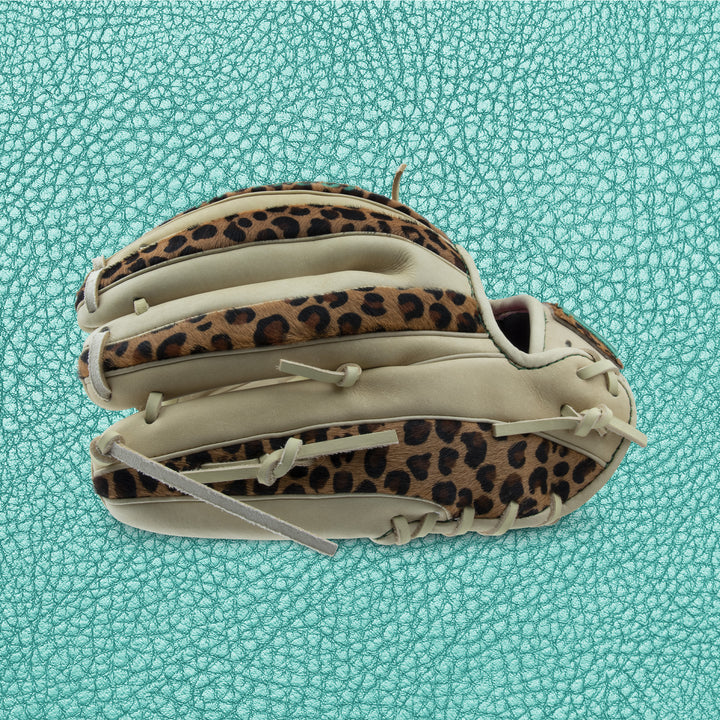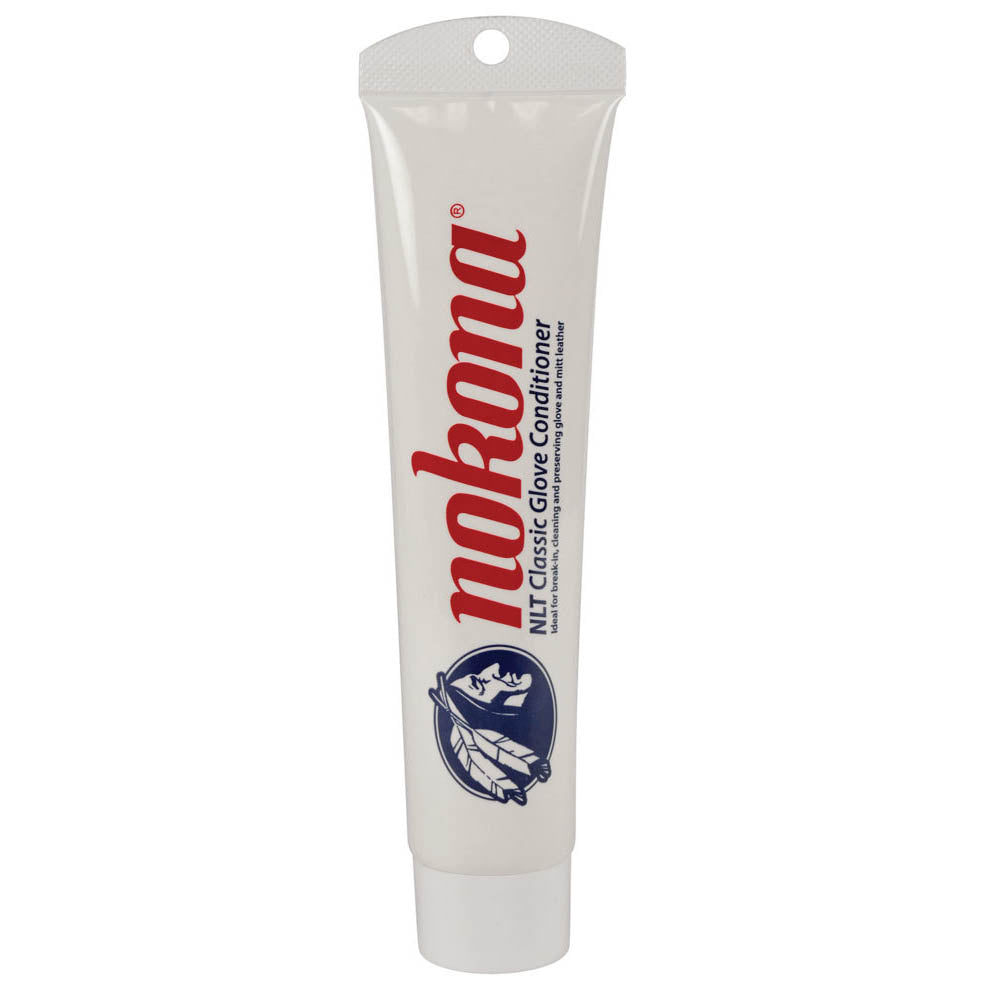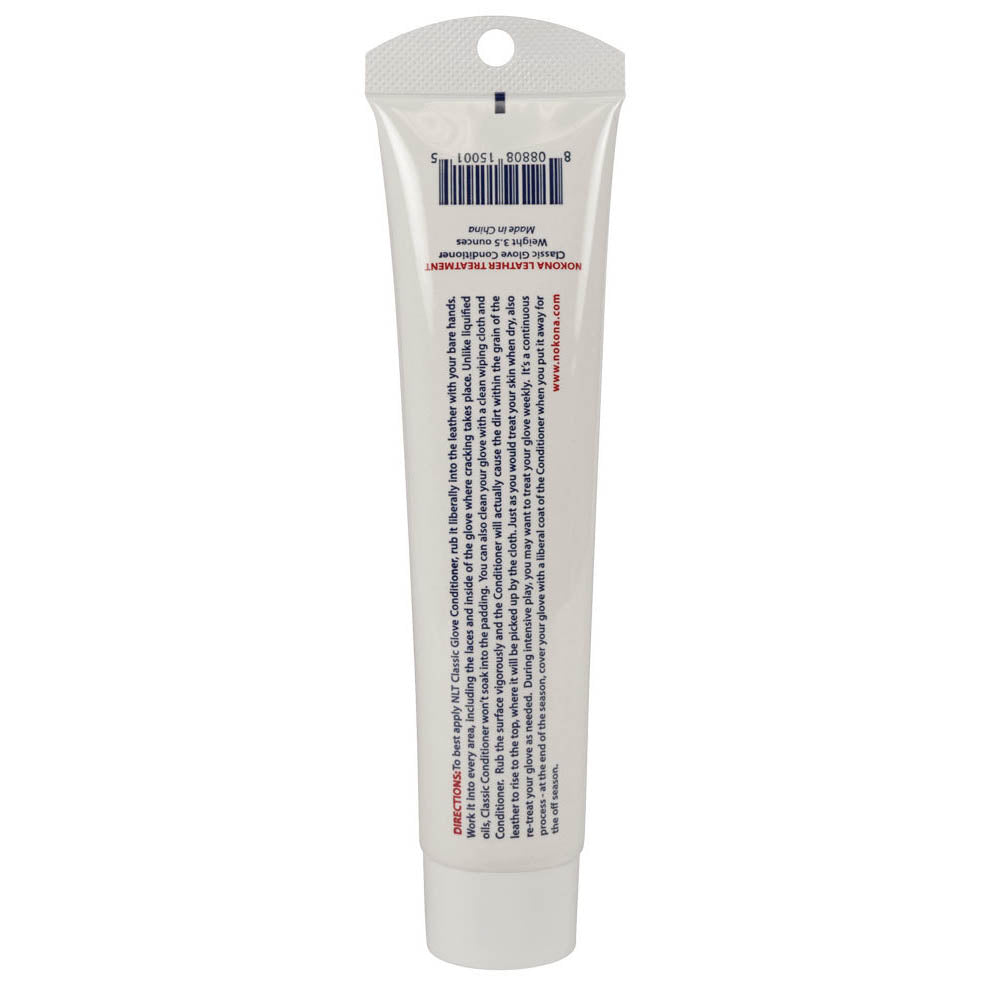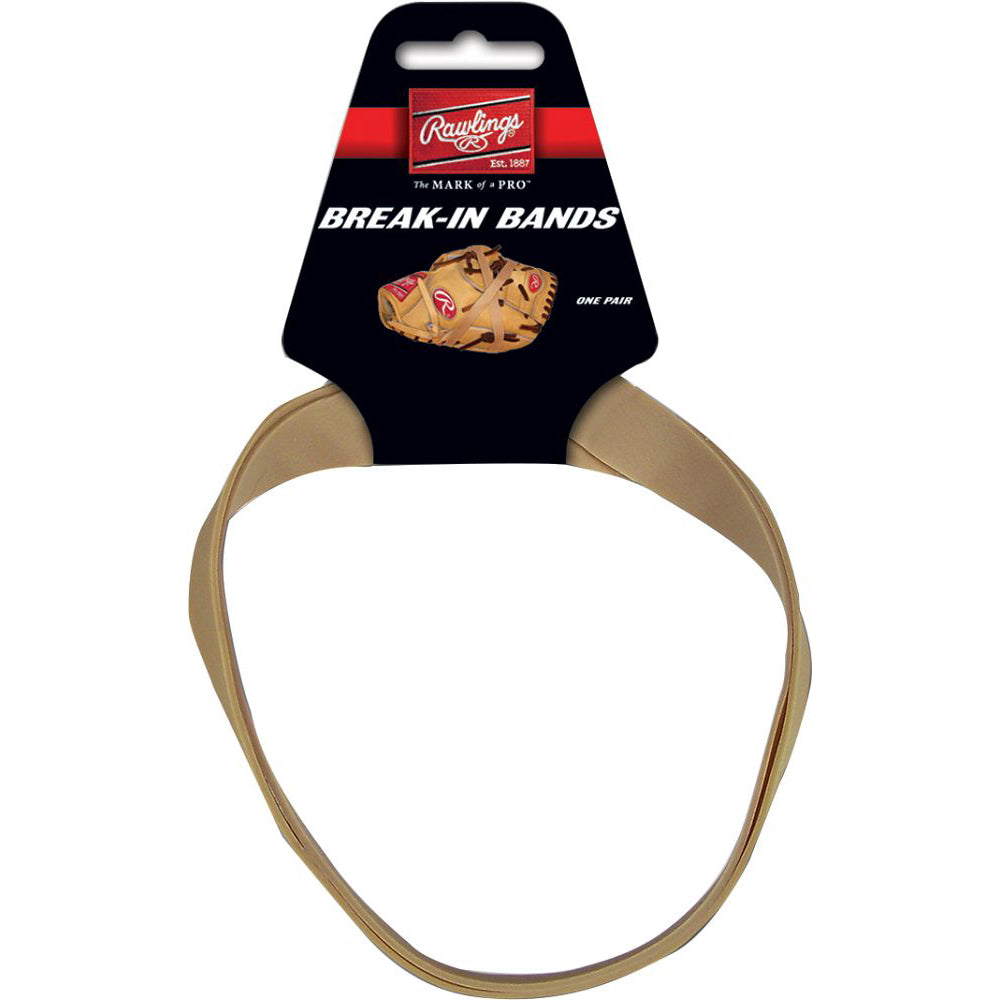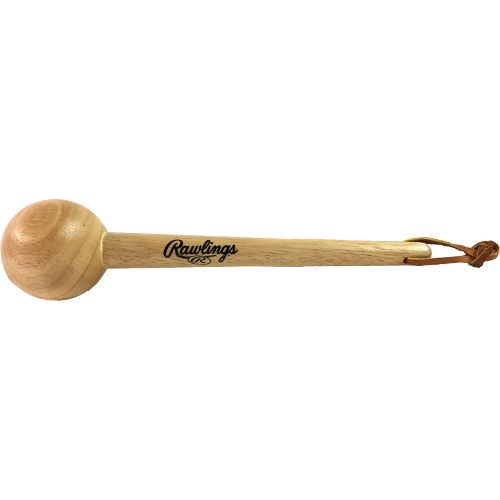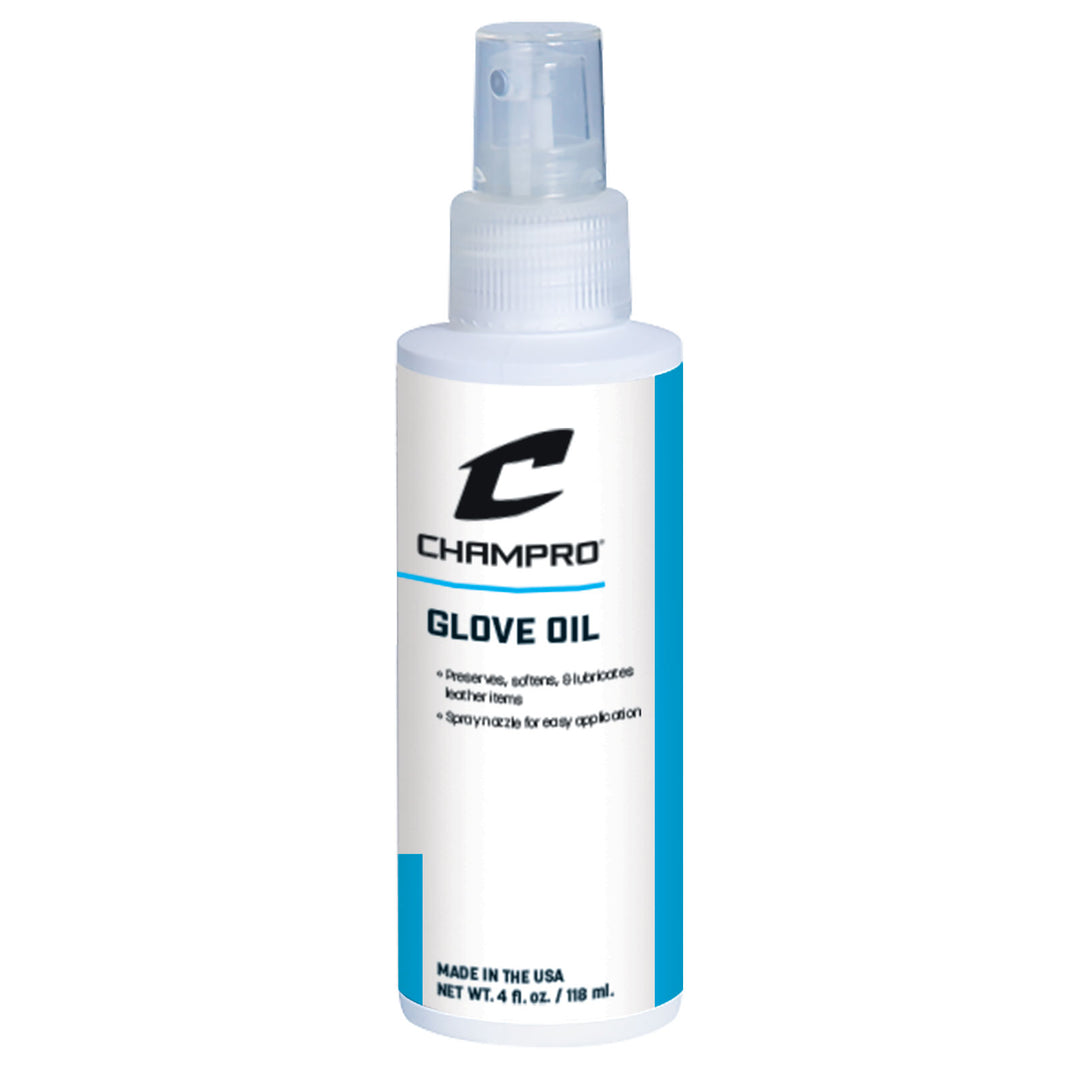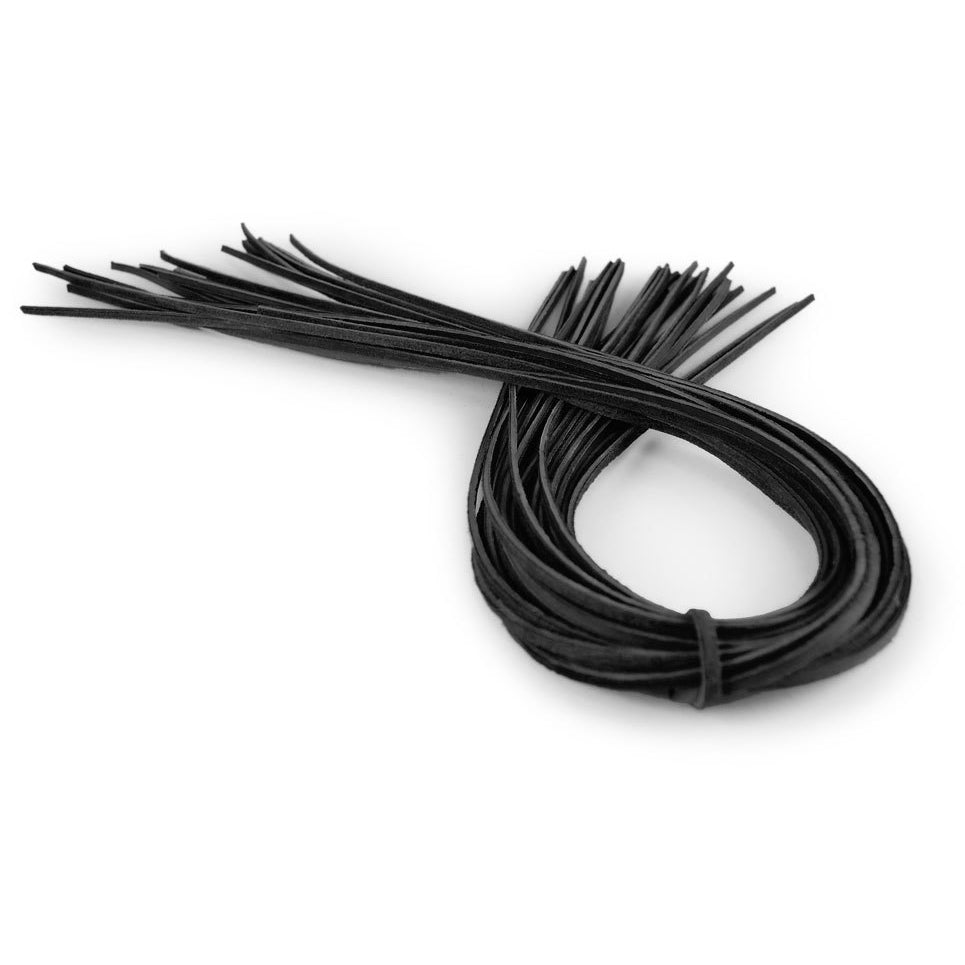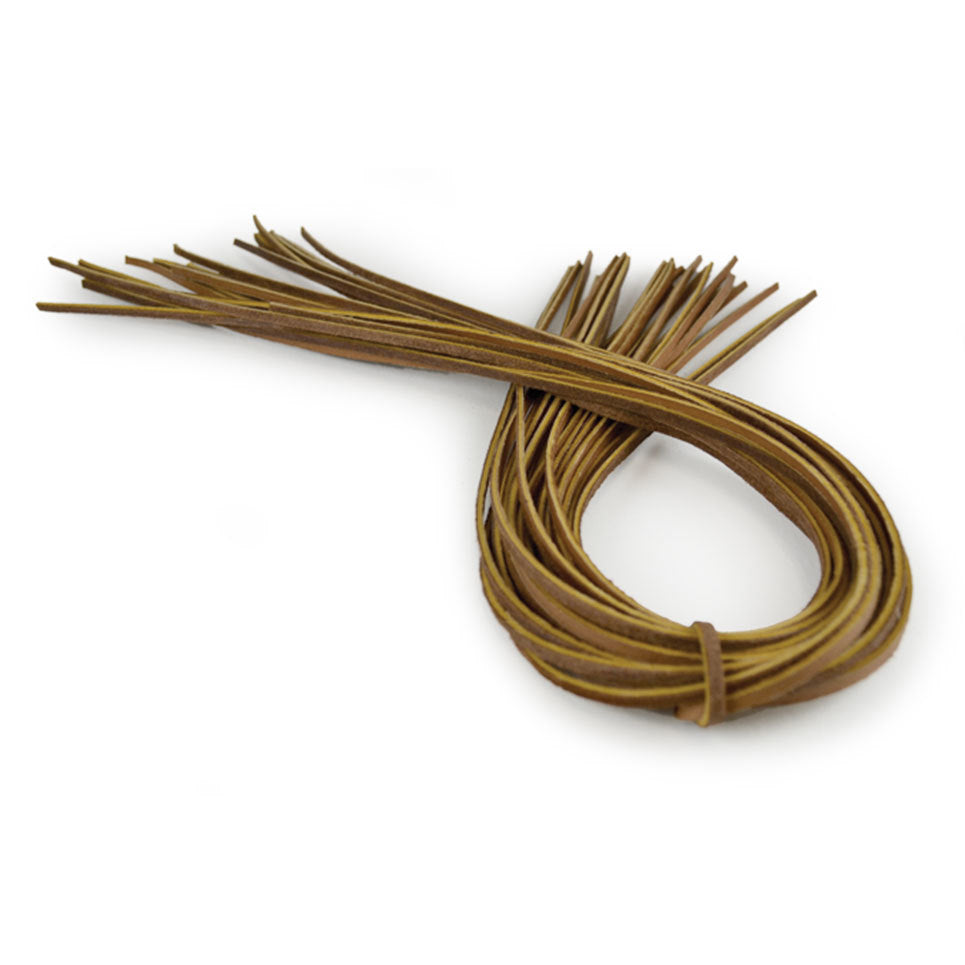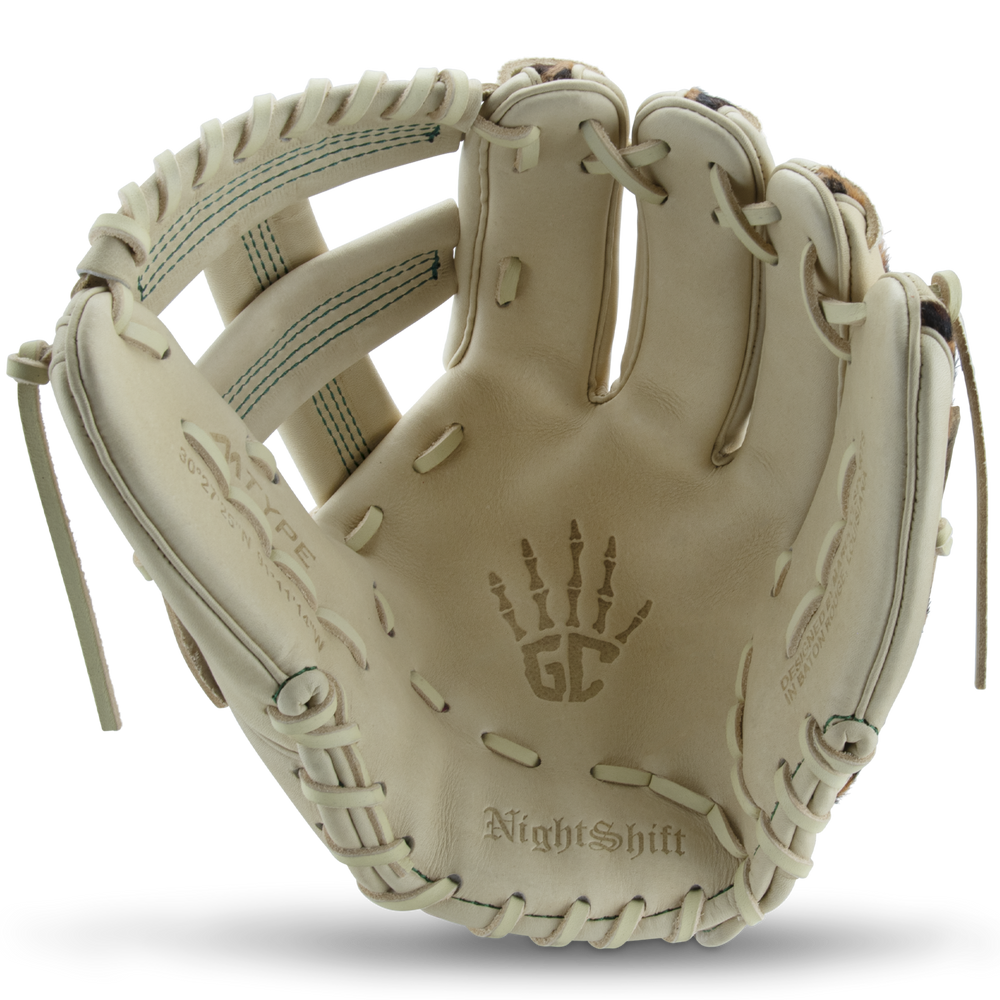Marucci NightShift COCO
“Appropriately named the Coco, after trendsetter, trailblazer, Marucci Athlete Courtney Gano. Sure – it’s a Capitol Series glove and it’s technically for baseball players but you can’t break the rules if there are none. Gloves don’t have certifications and they don’t play favorites. Fastpitch player/baseball player – doesn’t matter, use whatever glove you like and what works for you – as long as it’s a Marucci. I’d like to think you don’t choose the glove, the glove chooses you.”
– Eric Walbridge aka Glove Cowboy
M Type fit system provides integrated thumb and pinky sleeves with enhanced thumb stall cushioning to maximize comfort and feel.
Marucci NightShift: The Anti-Collection
He may be Marucci’s Fielding Glove Designer and Developer Eric Walbridge by day, but by night the creativity of Glove Cowboy knows no bounds. What started years ago as reinventing the Marucci glove lines has morphed into an after-hours, passion obsession-project, creating gloves the glove world hasn’t seen ... until now.
Intentionally uncomplicated, deliberately unrepeated, make-you-stop-and-stare [gloves].
The Marucci NightShift Collection aims to leave a mark on the glove scene, not just a mark in the leather. Familiar, but different. Accessible, but limited.
“I’m a man of the people – I’m here to give them what they want: a Marucci glove + no rules. Okay, maybe that’s just what I want ... either way ... the NightShift is a relaxed approach to an uptight market. These are more than custom-colored gloves – these are untold stories, pop culture references and untethered inspiration distilled into the product I love. Oh, and they catch things!”
– Eric Walbridge aka Glove Cowboy
“Designing gloves is my passion, but designing these gloves is an outlet, a duty, a compulsion I can’t not explore. The NightShift Collection is from me, to the world, after hours. Hours when I’m more creative. It knows no bounds and will completely change from one drop to the next. This glove might not be for you, but maybe the next one is. And in that case, we’ll see you next time.”
– Eric Walbridge aka Glove Cowboy
Product Features
- CAPITOL M TYPE 44A4 11.75” SINGLE POST
- Shape: Dual Wide
- Depth: Deep
- Premium Japanese-tanned USA Kip leather combines ideal structure and lightweight feel
- Highest-grade cabretta sheepskin lining provides luxurious texture and enhanced comfort
- Moisture-wicking mesh wrist lining with dual-density memory foam padding
- Professional-grade rawhide laces provide maximum tear-resistance
- Available in right-hand throw
- Recommended for second base, shortstop, third base
How to Break in Your Glove
The best way to break in a glove is to use specially designed glove oil. Glove oil keeps the leather ''alive'' while providing a softening condition and minimizing weight gain. Apply a small amount of glove oil to a sponge or cloth, then use the sponge or cloth to apply the oil to the areas of the glove that are currently firm. Start with the palm, the break point of the glove and then web. Then use the glove oil on all other parts of the glove including the entire inside to help moisturize and protect the glove. Work the glove oil into the leather evenly. Do not apply the glove oil directly to the glove, as it will be too concentrated at the point of application.
Also, make sure that the laces get oiled so they can stay moisturized so they will not dry and begin to crack. Otherwise, the webbing of the glove will come loose. Remember that leather is skin and leather experts tell us not to treat glove leather any differently than you would your skin. Therefore prolonged harsh temperatures (oven, microwave) excessive water soaking, especially use of hot water, abrasives, the salt and acids produced from perspiration and excessive dryness all or individually can be harmful to the glove leather.
Break In Quick Tips
- Play Catch!
- Use a Glove Mallet to simulate repeated ball impacts
- If you have access to a pitching machine stand and catch the balls and drop them in a bucket, breaks in the glove and works on hand eye coordination
- Keep your hand in the glove to break it it! If you let someone else break it in, it will fit their hand not yours!
- While watching TV or sitting keep throwing a ball into your glove.
- Constantly move the leather to help it loosen up.
- Don't add a lot of Oil or Conditioner! The more you add the heavier the glove becomes!
- DO NOT BAKE OR STEAM A GLOVE!!! It is a quick fix but will destroy the leather and drastically shorten the life of your glove!
General Glove Care
A properly cared for quality glove will perform for many seasons. Improper handling, cleaning, adjusting and, in particular, over oiling can shorten the life expectancy of your glove. The most important part of caring for your glove is to recognize that leather will deteriorate if subjected to repeated exposure to moisture and heat. MOISTURE (Water / Steam) and HEAT (Oven / Baking) are the worst things for a leather glove.
- Use the glove oil sparingly, as you can always add more.
- NEVER put your glove in an oven or microwave, the heat can damage the fibers of the leather.
- Water / Steam will cause the leather to dry out, crack, and the laces to become brittle. Some stores will steam for you, in a pinch it works for a weekend but not the long term as it drastically reduces the life of the glove.
- Applying glove oil to any non-black colored leather will likely darken it considerably.
- Excessive glove conditioner/oil will damage and shorten the life of a new glove.
- Allow the glove oil to absorb into the leather for 24 hours in a warm area, temperature between 70-90 degrees.
- At the end of the season, apply glove oil very lightly to keep your glove from becoming brittle.
- Store your glove in a dry place with a ball in the pocket to maintain shape.
- Do not use neat's-foot oil, linseed oil or silicon-type spray, these tend to close the pores of the leather, causing it to dry, harden and become heavy.
- Do not apply the glove oil directly to the glove, as it will be too concentrated at the point of application, apply to a cloth first.
- Pummeling a new glove speeds up the break-in, but the glove will be better served if this extra abuse is avoided.
- Wearing a batting glove under your glove absorbs moisture and prolongs the life of the liner of the glove.
Leaving your glove out in the weather will ruin it, as will putting it away wet from perspiration. If it is comfortable, wear a batting glove under your baseball glove (unless you are a baseball pitcher); this absorbs the sweat from your hand. This could add years to the lining of your glove.
When your glove gets wet, dry it with a towel or soft cloth, and leave it exposed to room air for a few hours until the lining is dry. After it dries, use a little glove oil to moisten the leather. When you put your glove away, it's best to put a ball or two in the pocket to help keep its shape.
Routine maintenance should probably be done at least once a season so that you can check the condition of the glove. A tune-up involves tightening the laces in the fingers and web; re-tying any loose knots and cleaning, conditioning and shaping the glove. If you find torn seams, split leather, or broken laces, be sure to have them repaired as quickly as possible. Playing with a damaged glove can damage the glove further and even cause errors. The off-season is also a good time to have the glove professionally re-laced if it requires this work. A number of companies offer this work in addition to complete rebuilding and repair services. At the end of the season, you can take a moderate amount of petroleum jelly, and cover the outside and inside of the glove. Don't ignore the laces or hard-to-get-to areas, both inside and outside the glove. Then take a clean rag and wipe off excess to remove grit and grime. This will also remove and help neutralize much of the salt and acid buildup inside the glove caused by perspiration, a chief problem to the leather lining, usually made of softer leather.
What Size Baseball Glove Should I Use?
There are a few factors that determine what glove you should use, including your position, age, sport and preference. These are typical sizes and a great starting point but ultimately, the size of your glove comes down to what is most comfortable for you.
|
|
INFIELD GLOVE SIZING |
11.25" - 11.75"
Most Popular Size: 11.5"
Infielders gloves are smaller with a shallow pocket to help with quick transitions. It's all about getting the ball out fast!
 |
PITCHER GLOVE SIZING |
11.75" - 12"
Most Popular Size: 11.75"
Pitchers typically have about the same size as other infielders but opt for closed pockets or Modified Traps to avoid seeing their grip. You MUST avoid predominantly white or grey gloves as a pitcher as they are illegal.
 |
OUTFIELD GLOVE SIZING |
12.25" - 13"
Most Popular Size: 12.75"
Outfielder gloves offer a larger pattern size in comparison to infielder gloves. This is due to outfielders needing a larger pocket to assist with pop flies and wanting a longer reach.
 |
FIRST BASE MITT SIZING |
12" - 13"
Most Popular Size: 12.5"
To be able to play first base, you need to be able to catch extremely well. Having the right sized mitt helps. First Base Mitts are larger and have a scoop to help catch anything thrown your way. Youth First Base Mitts for 12 & under are typically 12" or 12.25".
 |
Catcher Mitt SIZING |
31" - 34"
Most Popular Sizes: 32.5"- 33"
These gloves range in size from 31 inches to 34 inches. This isn't because they are three times the size of a normal glove, but rather because these mitts are measured by their circumference rather than top to bottom. Youth are typically 31"- 32.5" and Adult are 33" and up. Due to how thick the padding can be, the pocket on a 32.5" and 34" can be about the same size.
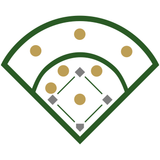 |
YOUTH GLOVE SIZING
|
9" - 12.5"
Most Popular Sizes: 11" - 11.5"
Infield Youth Gloves: 9" - 11.5"
Outfield Youth Gloves: 10.5" - 12.5"
Youth gloves are recommended for younger players who have not stopped growing and are likely to outgrow their glove sooner rather than later. The age range of youth players is 12 years old and under. Because of the wide range in age, the sizes are going to have a larger range too. The difference with youth gloves is a smaller wrist opening and tighter finger stalls for a more secure fit on a youth player's hand.
How is a glove measured? Fielders gloves and first base mitts are measured by starting at the top of the index finger of the glove down the finger along the inside of the pocket and then out to the heal of the glove. Lay the tape measure across the palm of the glove, so that it folds across and into the indenture, down to the heel of the glove. A catcher's mitt is measured by the circumference.
-
Shipping is Calculated at Checkout based on Delivery Location
-
Orders placed after 2:00 pm EST will be processed the following business day.
-
All Dates and/or Days shown at checkout are estimates and are not guaranteed delivery dates.
-
UPS Shipping Days are based on Business Days (Saturday & Sunday are not included). That means Next Day Orders Placed before our Friday 2pm cutoff will NOT be delivered until Monday.
-
We ship Monday thru Friday.
-
Pick Up In Store: You can always select Pick Up In Store if you don't want your order shipped. We will pull your order and have it waiting for you upon your next visit!
-
We ship to the contiguous 48 States. Unfortunately we do not ship internationally or to P.O. Boxes.
-
UPS currently ONLY Guarantees NEXT DAY Shipping. They do not guarantee 2nd Day or Ground Shipments based on shipping estimates.
-
In order to reduce waste we reuse shipping boxes & packaging so the brand on your shipping box may not match the item inside.
- You will receive tracking information via email as soon as we have your order boxed up and ready to ship!
Gloves CANNOT be Used, Conditioned, Baked and/or Steamed to be Eligible for Return. Our Return policy lasts for 30 days. If 30 days have gone by since your purchase, unfortunately we can’t offer you a refund or exchange. To be eligible for a return, your item must be in its Original Packaging, Unused and in the same condition that you received it. READ MORE
Intentionally uncomplicated, deliberately unrepeated, make-you-stop-and-stare [gloves].
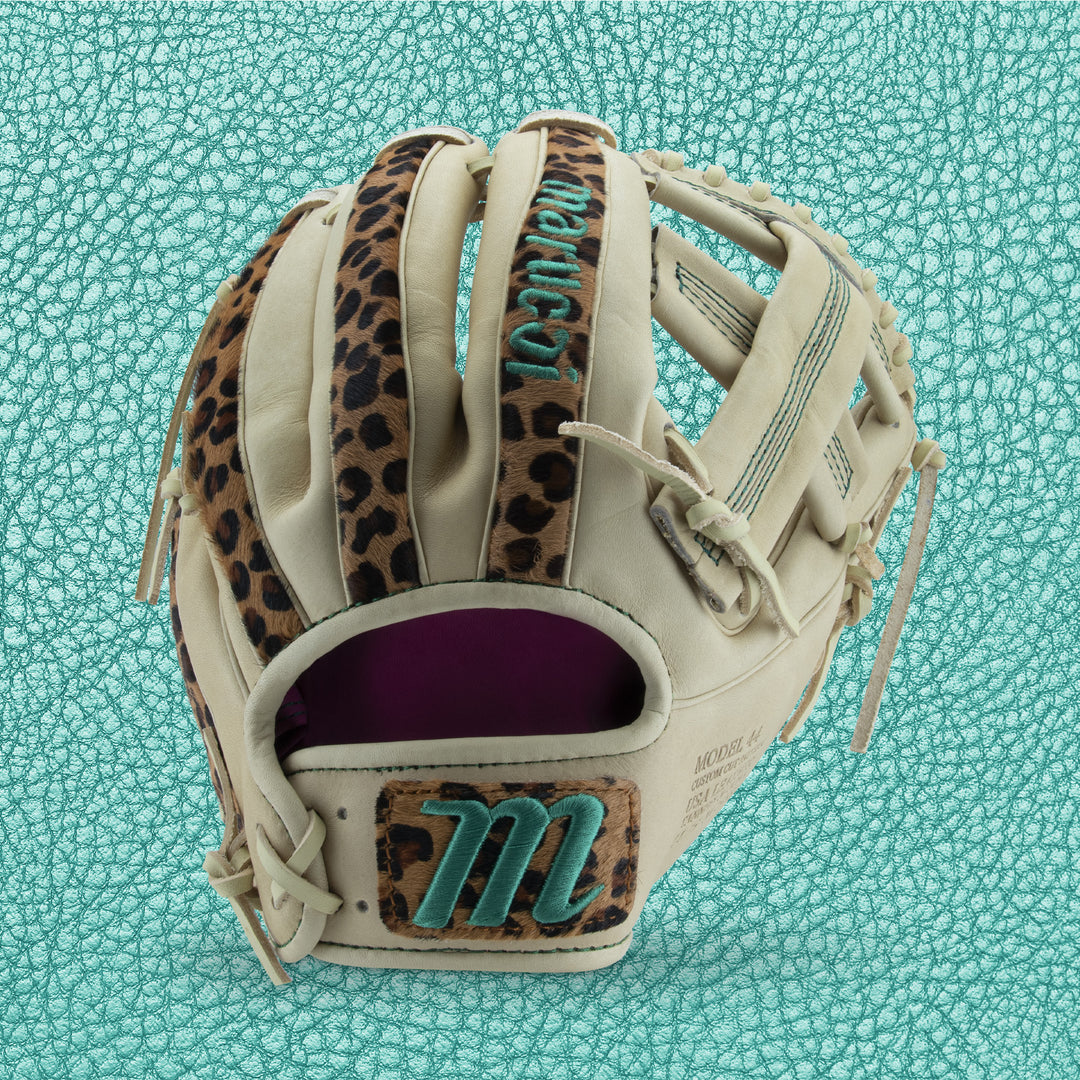
Premium Kip Leather
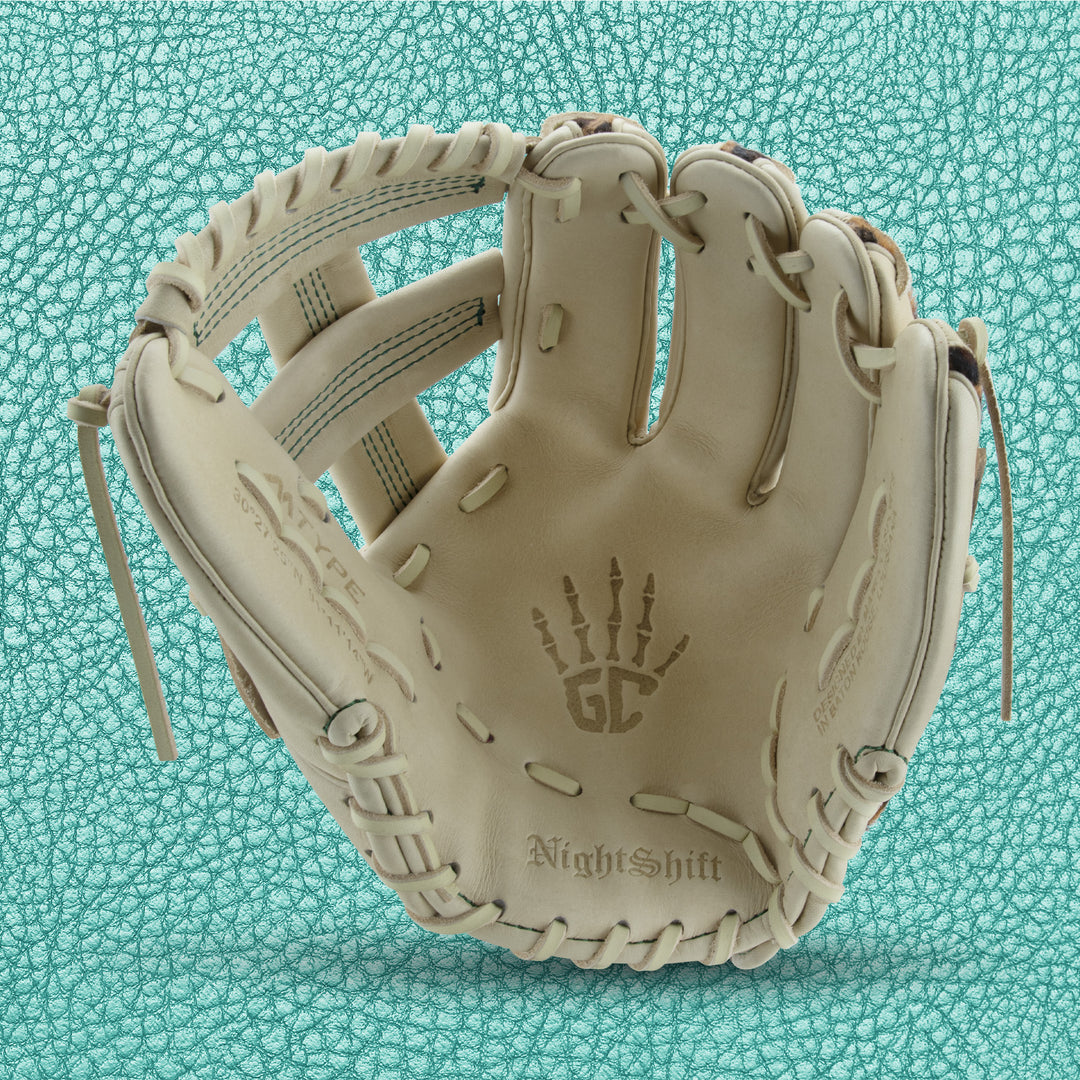
Cabretta Sheepskin Lining
